A Sustainable Future: Oakwood Global Partners and Sustainability
Oakwood Global Partners is committed to sustainability, investing in initiatives that promote environmental responsibility and social impact, from renewable energy to sustainable communities.
40% of global carbon emissions come from the built environment
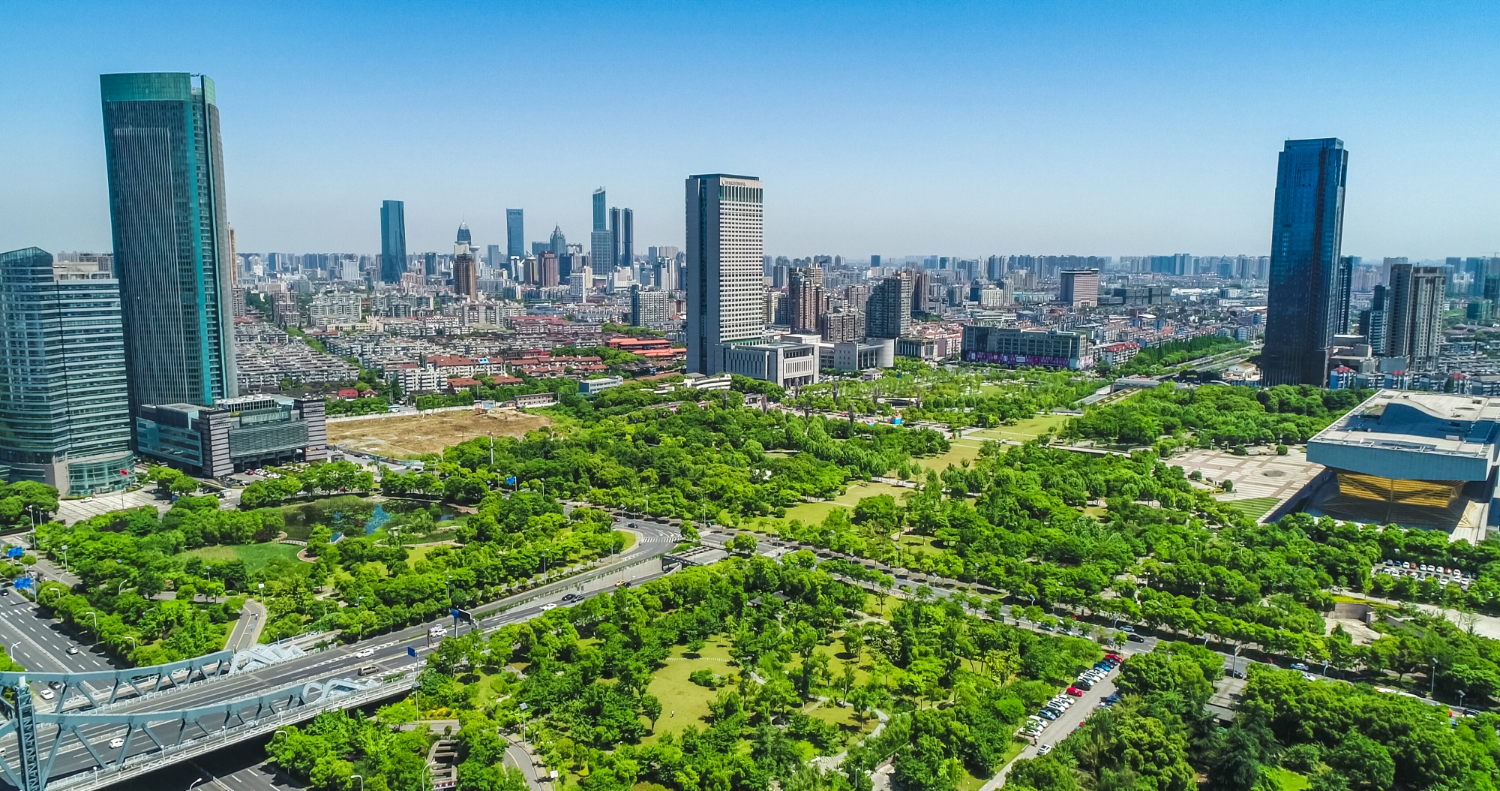
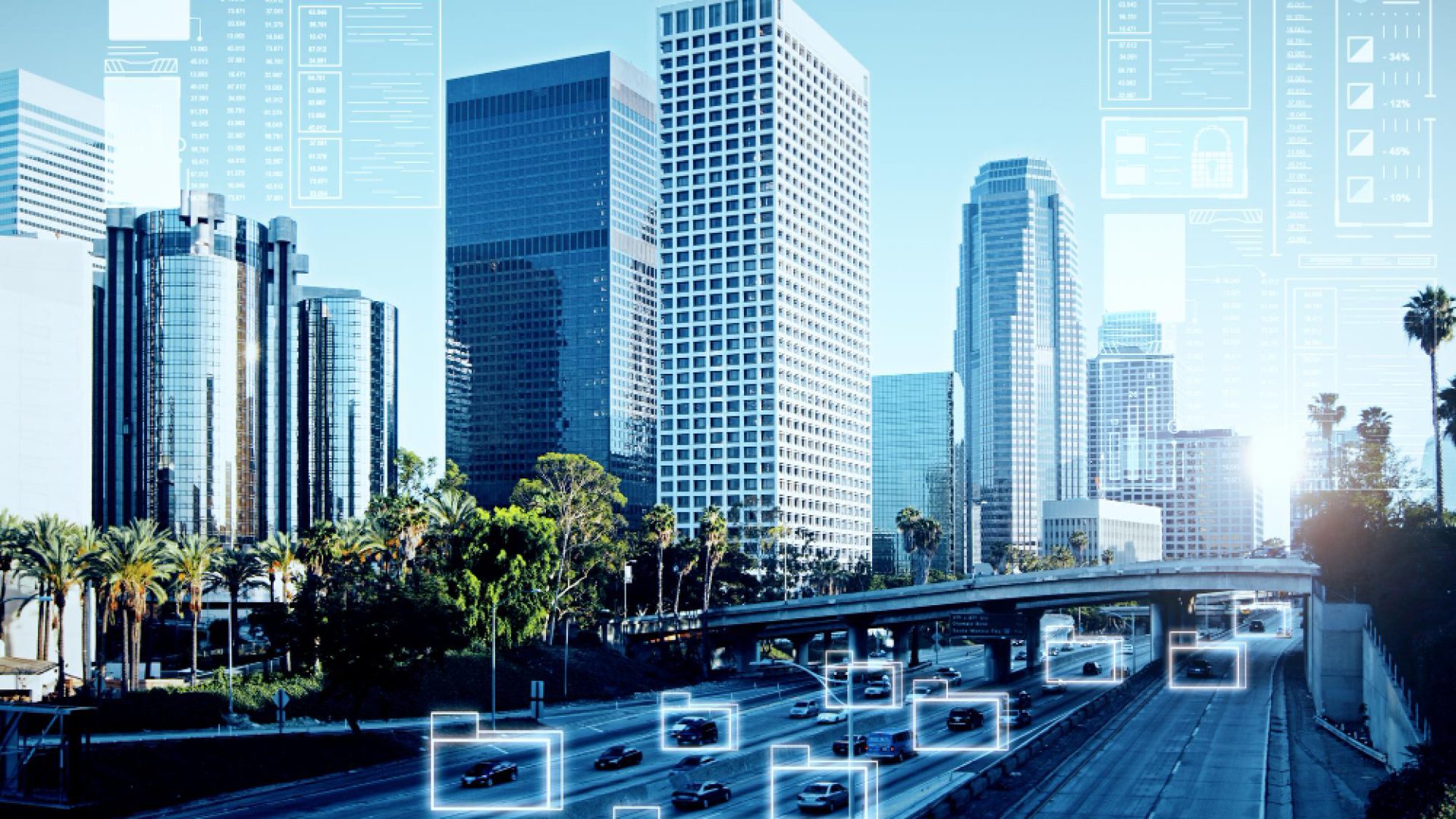
Smart Buildings and Digital Sustainability
IoT (Internet of Things) Integration: Smart sensors monitor and control energy, lighting, heating, and cooling systems, which can optimize energy usage and detect issues before they become costly.
Data-Driven Sustainability: Advanced data analytics allow building managers to monitor and optimize energy and water usage in real time, making adjustments that reduce waste and cut costs.
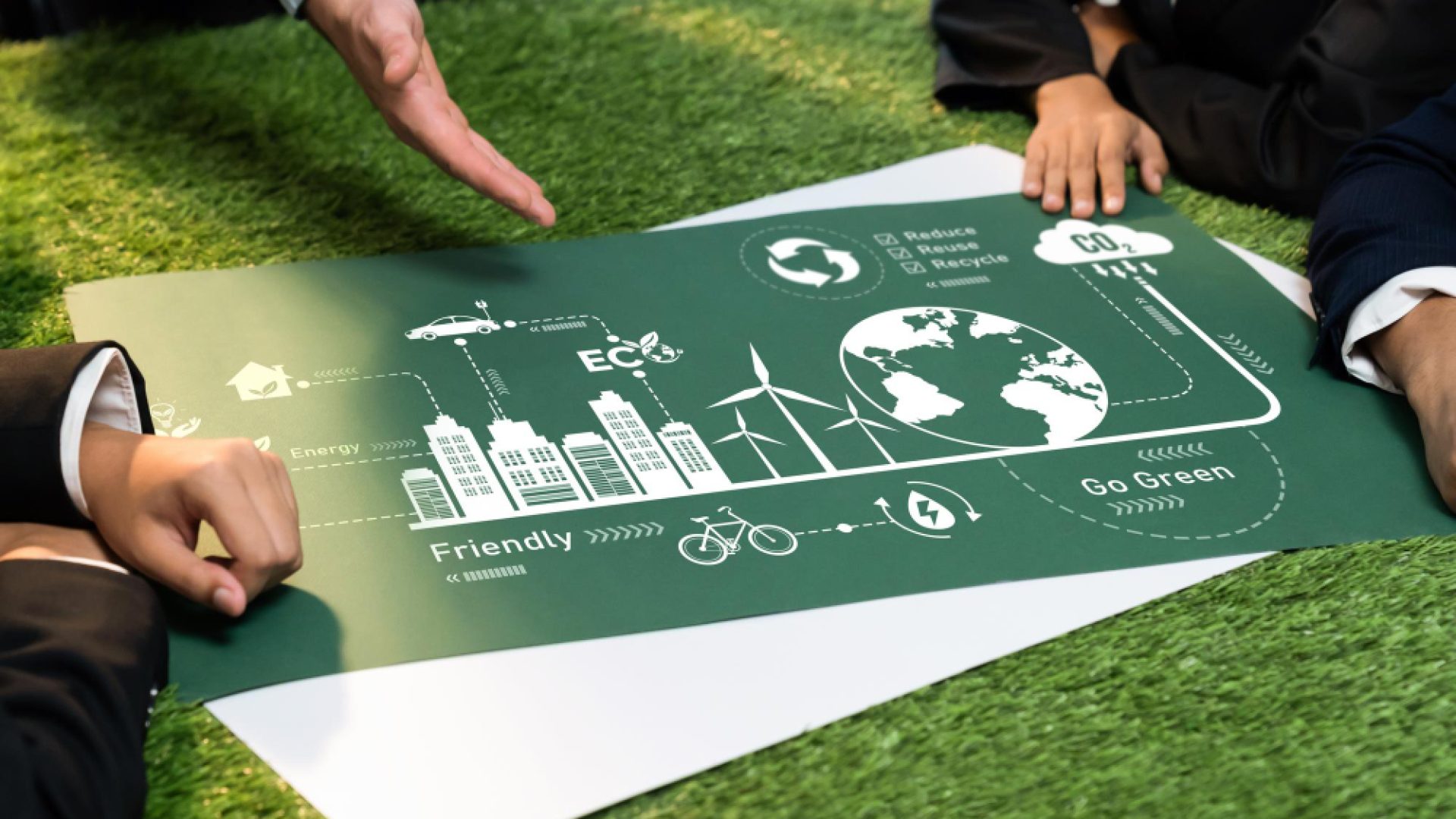
Efficiency and Carbon Reduction
Net-Zero Carbon Goals: Many real estate developers and investors are committed to achieving net-zero carbon emissions by specific target years (e.g., 2030 or 2050). This involves using renewable energy sources, upgrading insulation, and investing in energy-efficient HVAC systems.
Building Energy Performance Standards (BEPS): Cities and states are increasingly enforcing BEPS, which set minimum efficiency standards, pushing buildings to minimize energy consumption or face penalties.

Green Building Certifications
Certifications like LEED (Leadership in Energy and Environmental Design), BREEAM (Building Research Establishment Environmental Assessment Method), and WELL Building Standard help quantify and validate a building’s sustainability features.
Green Leasing: Tenants and landlords agree on leases that emphasize sustainable practices, such as energy conservation or water usage reduction, helping ensure mutual accountability.
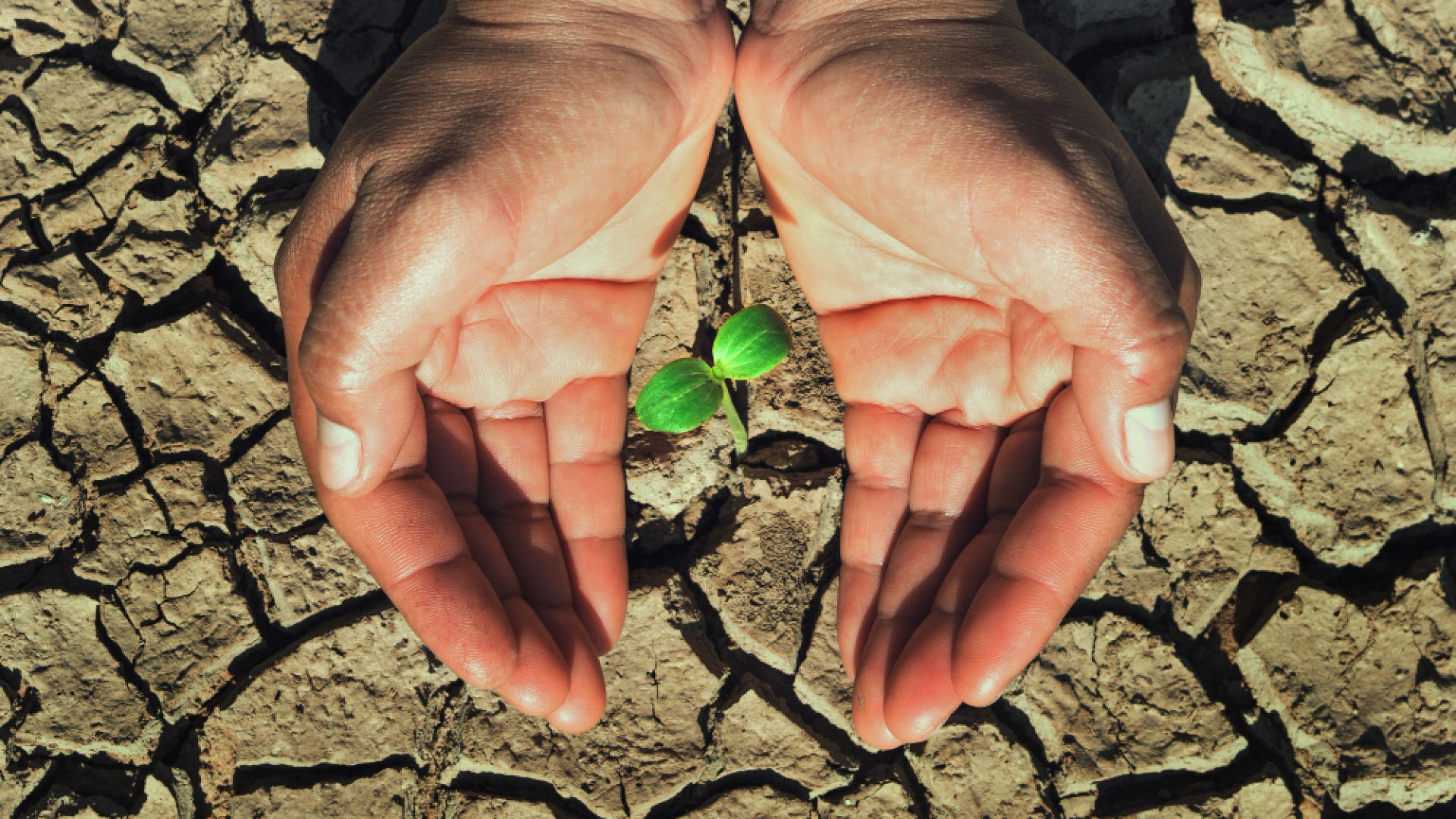
Resilience and Climate Adaptation
Climate-Resilient Design: With increasing natural disasters, buildings are being designed to withstand extreme weather events, like flooding or heatwaves. This includes flood barriers, storm-resistant materials, and improved water management systems.
Insurance and Risk Assessment: Properties are increasingly evaluated based on climate risk data, influencing both investment and development decisions
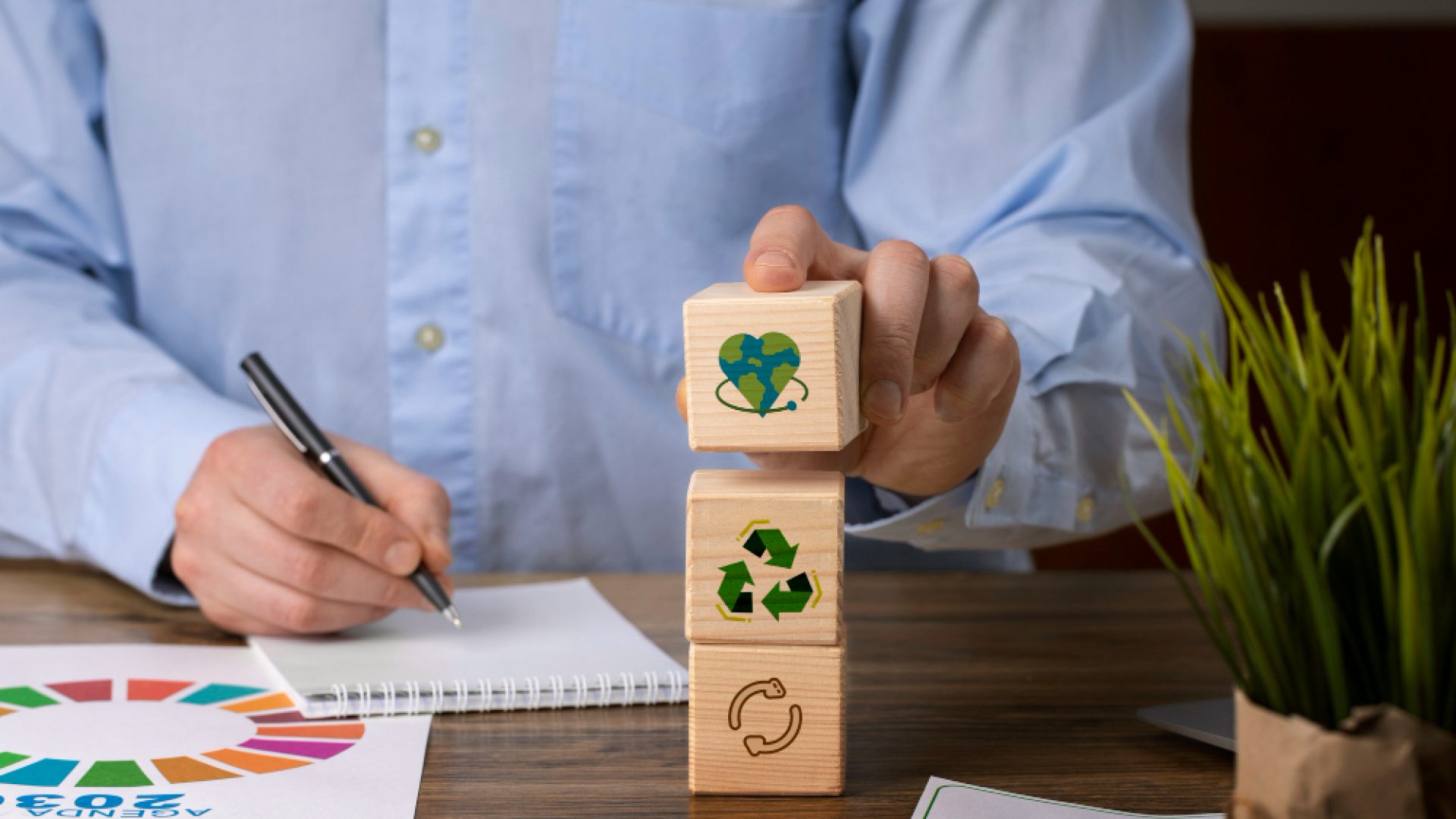
Circular Economy and Sustainable Materials
Adaptive Reuse: This involves repurposing existing structures, which reduces waste and lowers the need for new materials, energy, and resources.
Recycled and Renewable Materials: The use of sustainably sourced materials like bamboo, recycled steel, and low-VOC (volatile organic compound) paints minimizes environmental impact while improving indoor air quality.
